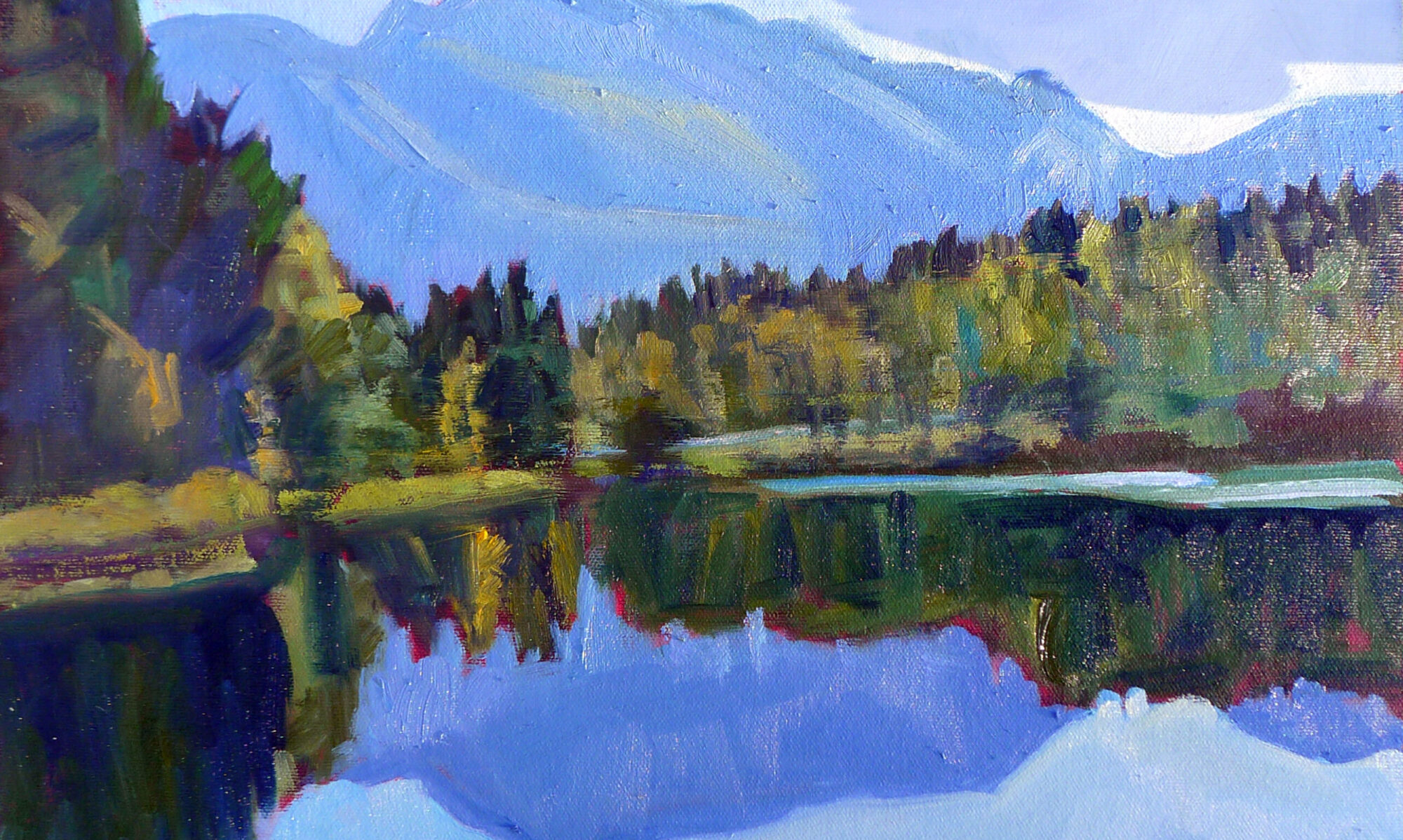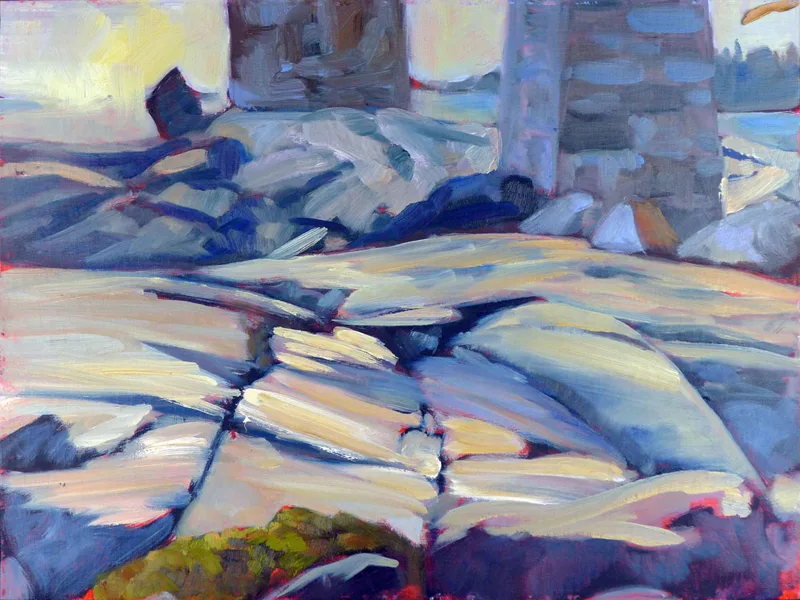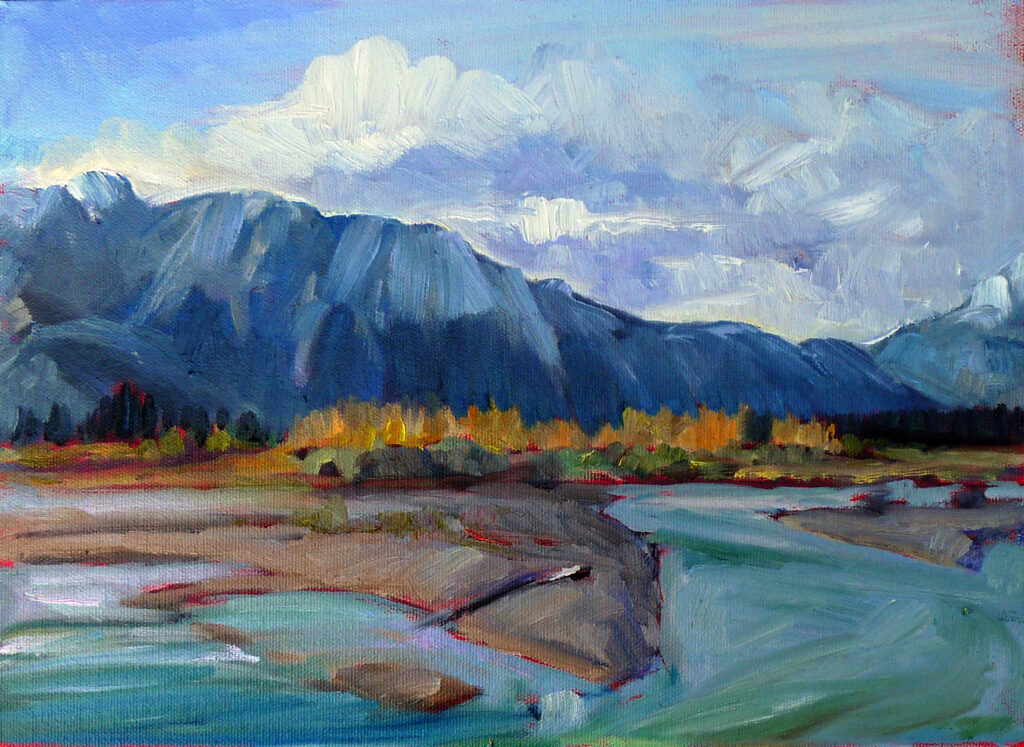Mystery writer Ngaio Marsh studied painting at the Canterbury College School of Art in her native New Zealand. Artists figure in several of her novels. As you might expect, she had intimate familiarity with their habits and careers.
“Don’t try to acquire a manner till you’ve got a little more method,” painter Agatha Troy tells a student in Marsh’s 1938 novel Artists in Crime. It’s an important idea, since style grows naturally from technique.
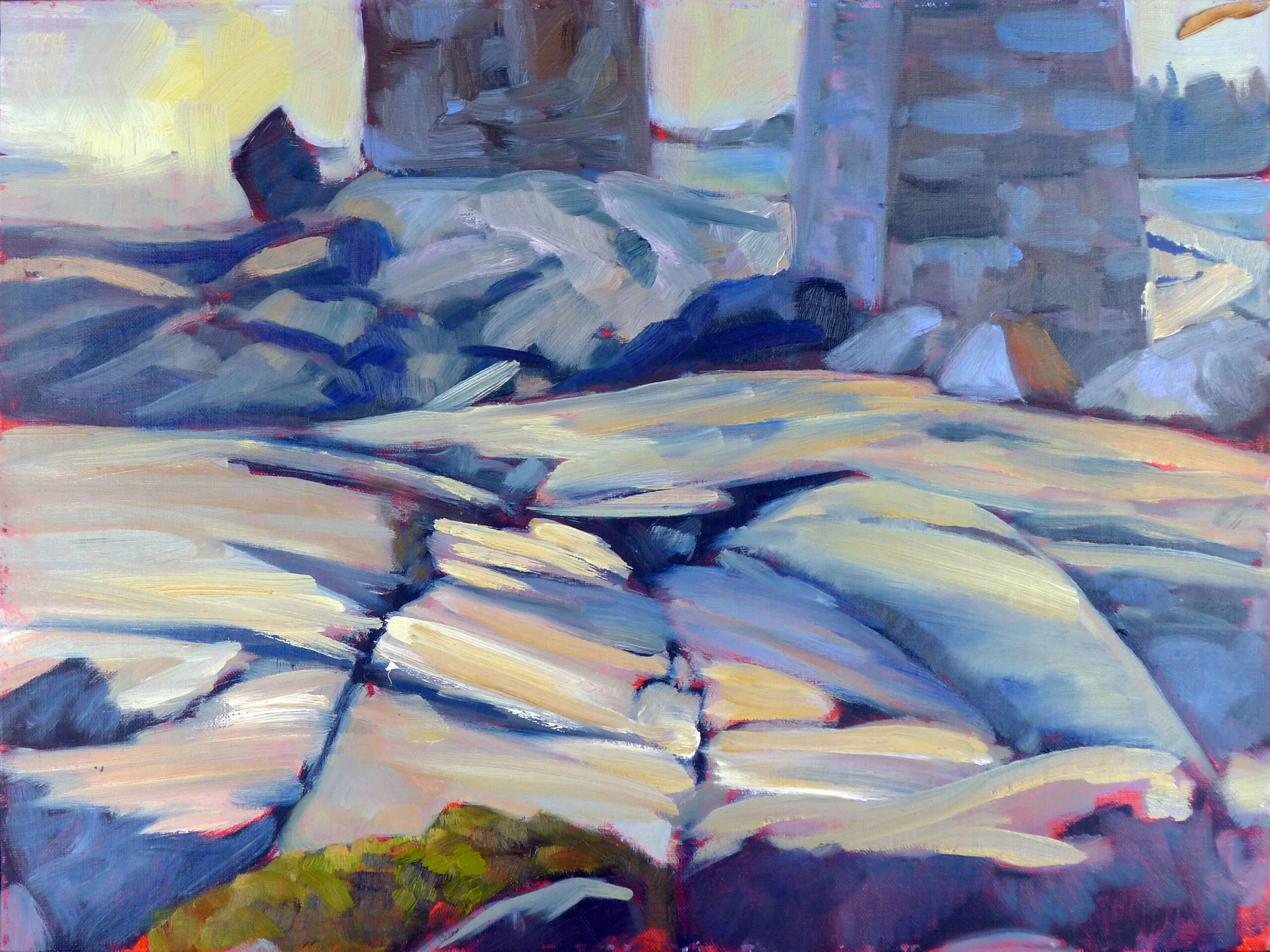
What is style in art?
Style has different meanings depending on context, but we all know it when we see it. The major families of painterly style are:
- Realism, representing the subject as accurately as possible.
- Impressionism, focusing on fleeting impressions of light and color.
- Expressionism, emphasizing the emotional and psychological.
- Abstraction, or non-representational painting.
Within them, however, are myriad other subdivisions, defined by the choices we make in each of the elements of design.
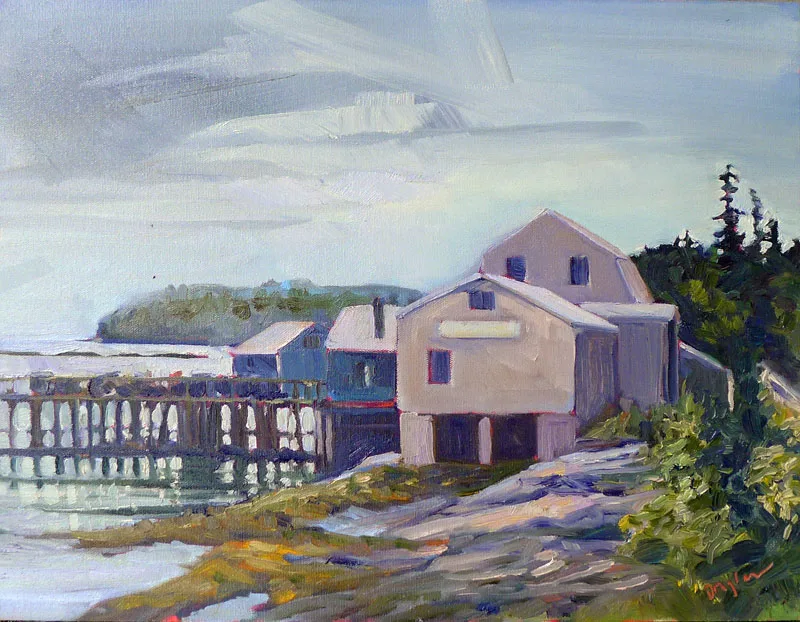
Don’t overthink your own style
I’m all for understanding our own points of view; that’s the deepest discipline in painting (and life). Yes, style ties our work together in one body, and it ties us to a specific time and place. It’s the art historian’s best tool for classifying artwork.
But style should develop naturally. Forcing it stymies development. While we should study the technique of great painters, imitating their style is a sure path to irrelevance.
It takes some deep scratching
Good painters choose truth over stylishness, even to the point of seeming awkward to their contemporaries. They investigate thorny questions, not just about the world, but about painting itself. When they’re answered, these artists move on. Often, by the time they get through the cycle of making and mounting a body of work, they’re no longer that interested in it. There’s another struggle engaging them.
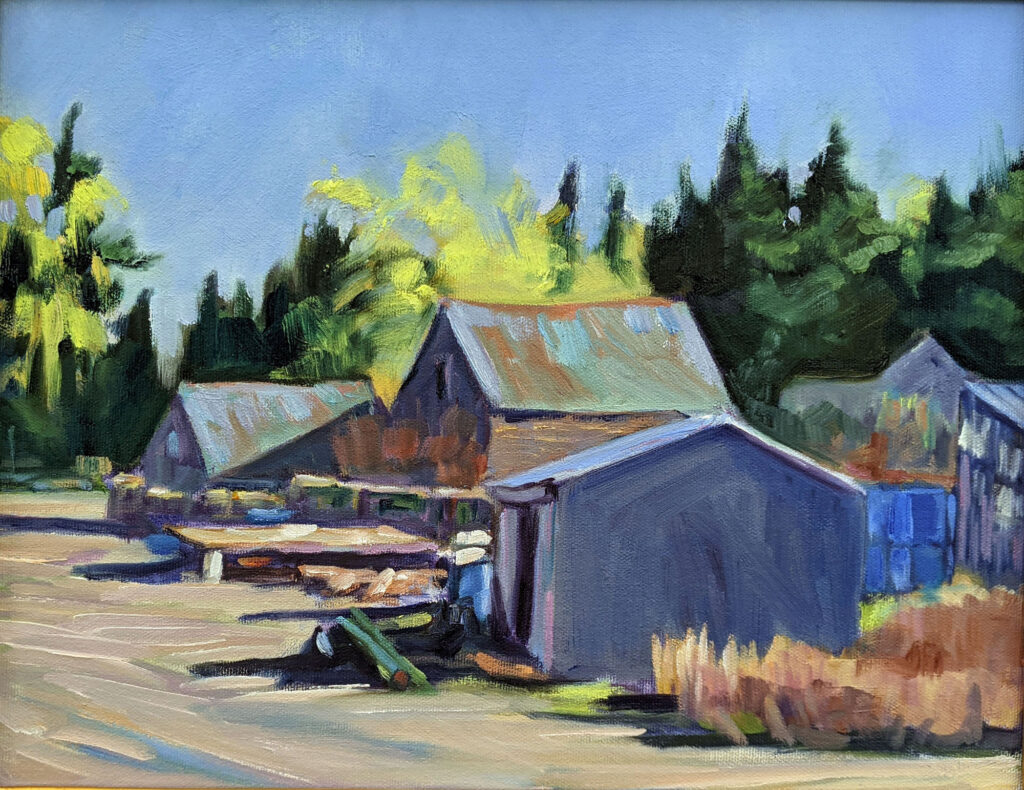
Each time we pick up the brush, there’s variation in how we approach painting problems. That’s why it’s important that you have facility with big brushes, small brushes, palette knives, detail, broad strokes, and tiny strokes. Even if they’re not part of your regular repertoire, they increase your versatility and scope.
Don’t box yourself in
‘Embrace your style’ is a trap that painters may not be able to escape.
There’s a difference between style and being stylish. I enjoy fluid, assured brushwork. That’s not styling; it’s self-confident skill.
Direct and unconscious
Sometimes, what people call style is just technical deficiency. Style for its own sake can be a ruse to cover up badly-conceived paintings. “People often mistake verbose for skill,” a reader once mused. “The best writing is direct and almost unconscious. I think the same thing is true of painting.”
Mature artists don’t generally think about style so much. At that point, style is the gap between what they perceive and what comes off their brush. That’s deeply revelatory, and it can be disturbing when we see it in our own work.
Some of us try to cover that up with stylings, not realizing that those moments of revelation are what viewers hunger for. They, and not the nominal subject of the piece, are the real connection between the artist and his audience.
Reserve your spot now for a workshop in 2025:
- Advanced Plein Air Painting, Rockport, ME, July 7-11, 2025.
- Sea and Sky at Acadia National Park, August 3-8, 2025.
- Find Your Authentic Voice in Plein Air, Berkshires, MA, August 11-15, 2025.
- Immersive In-Person Fall Workshop, Rockport, ME, October 6-10, 2025.
